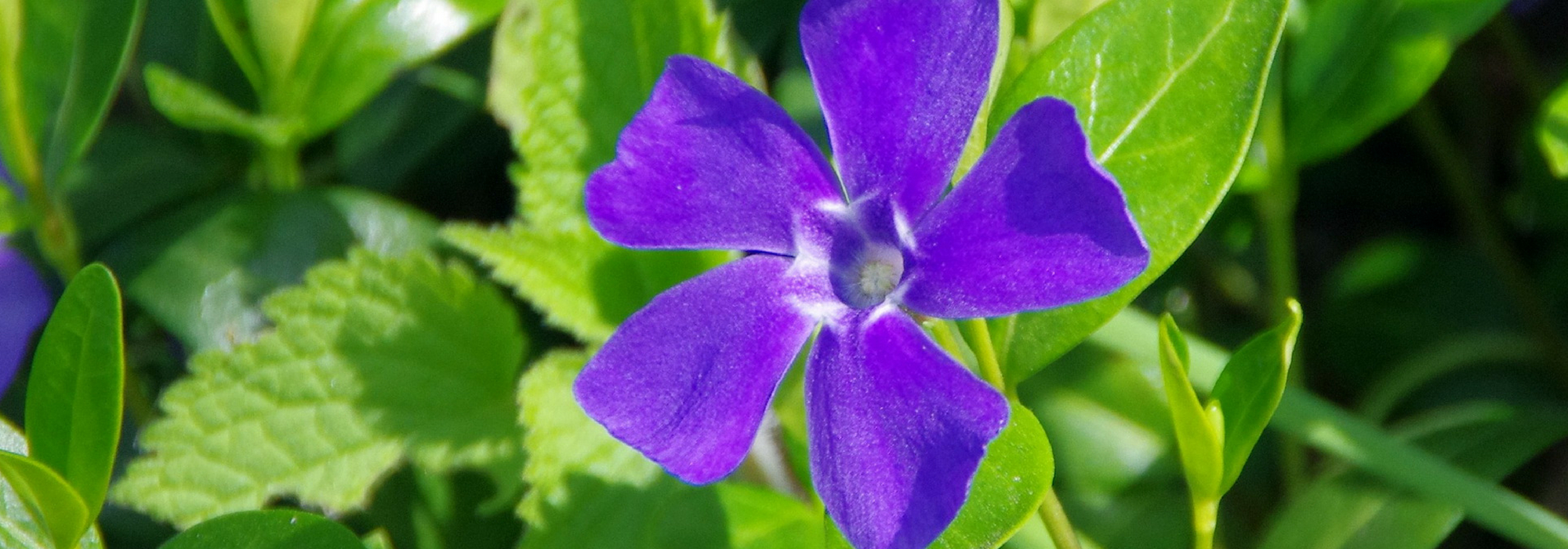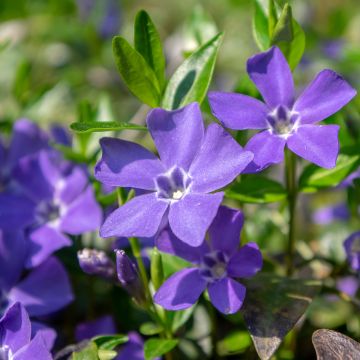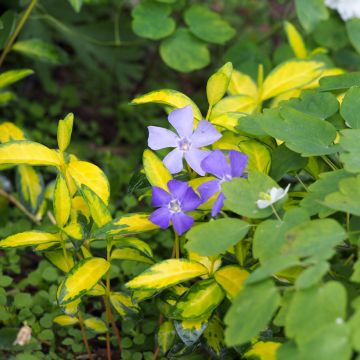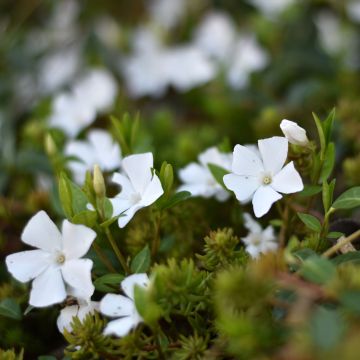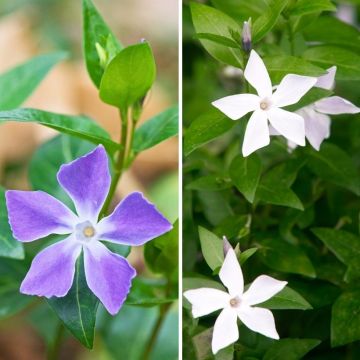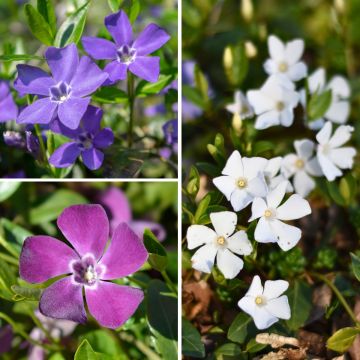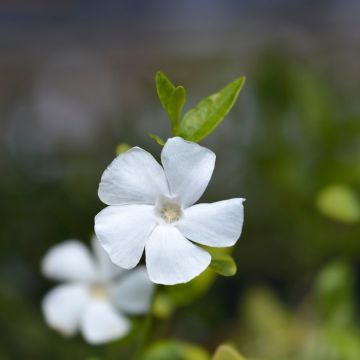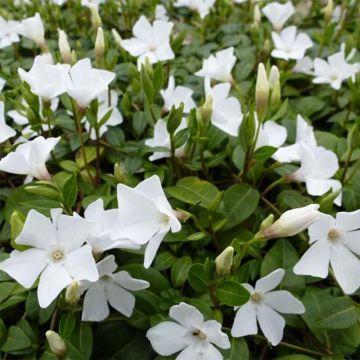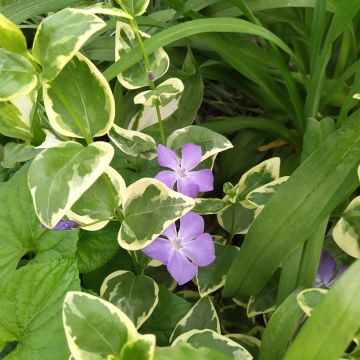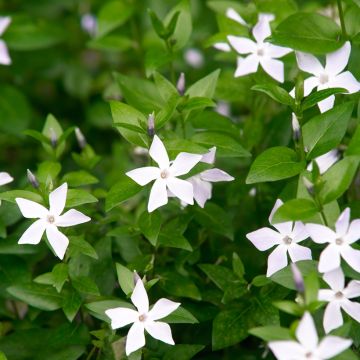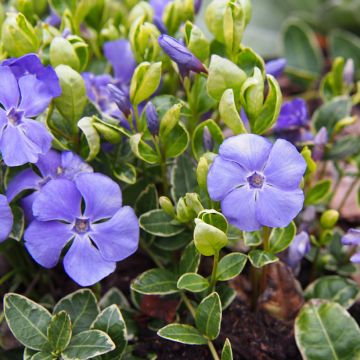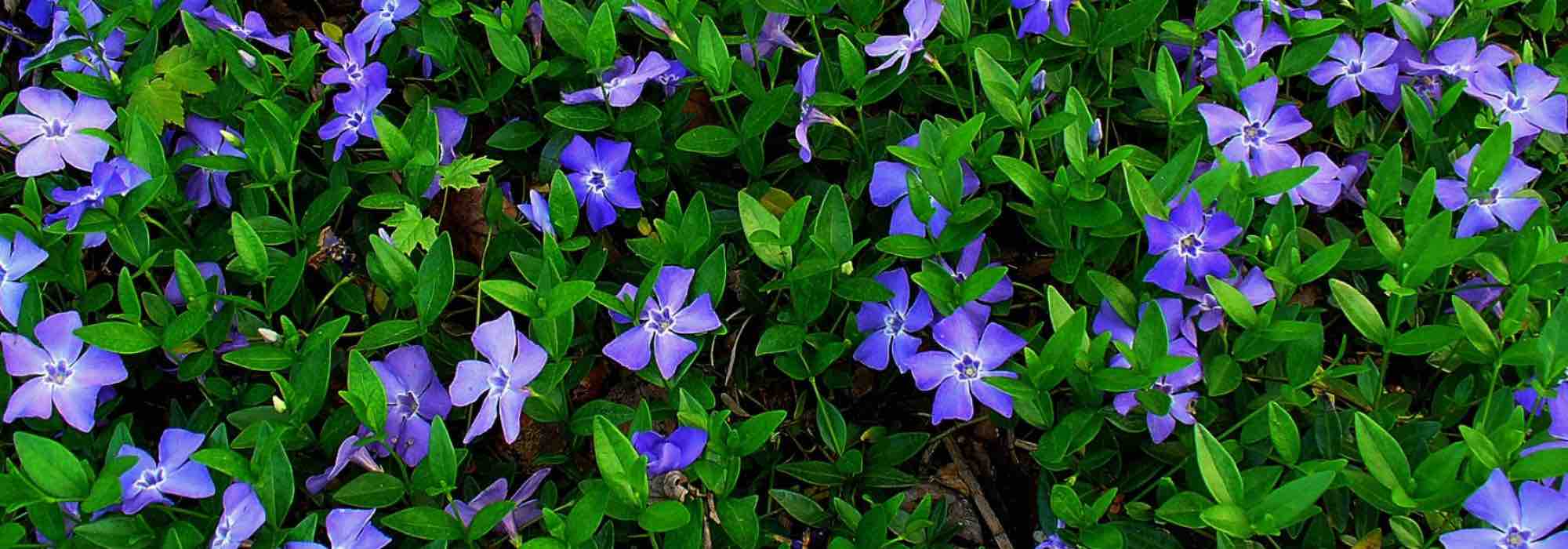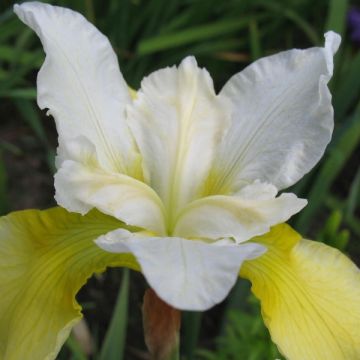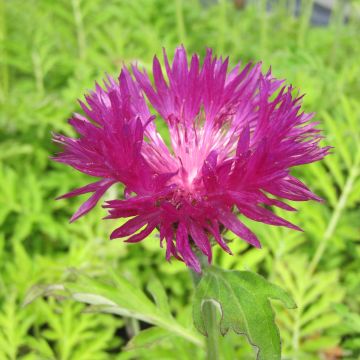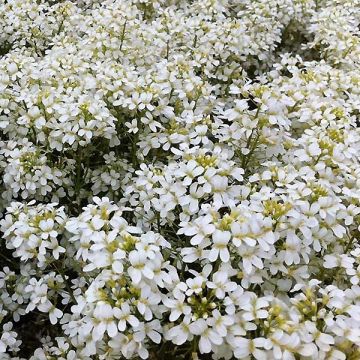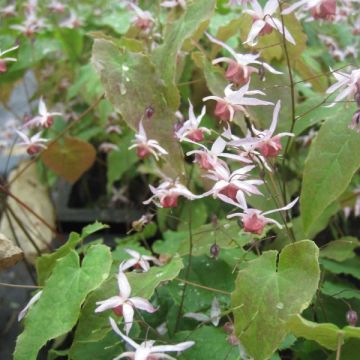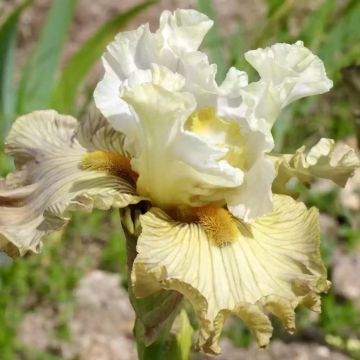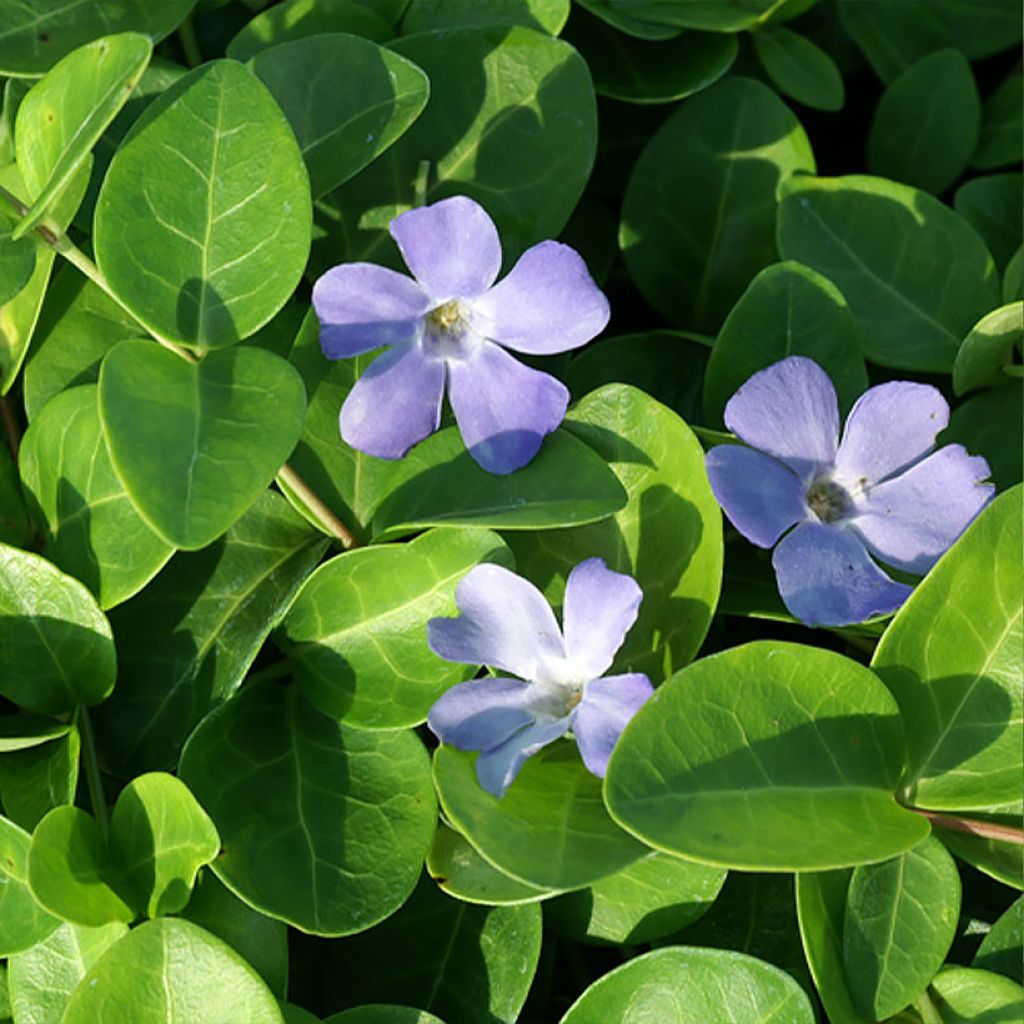

Vinca minor Green Carpet
Vinca minor Green Carpet
Vinca minor Grüner Teppich (Green Carpet)
lesser periwinkle
Special offer!
Receive a €20 voucher for any order over €90 (excluding delivery costs, credit notes, and plastic-free options)!
1- Add your favorite plants to your cart.
2- Once you have reached €90, confirm your order (you can even choose the delivery date!).
3- As soon as your order is shipped, you will receive an email containing your voucher code, valid for 3 months (90 days).
Your voucher is unique and can only be used once, for any order with a minimum value of €20, excluding delivery costs.
Can be combined with other current offers, non-divisible and non-refundable.
Home or relay delivery (depending on size and destination)
Schedule delivery date,
and select date in basket
This plant carries a 12 months recovery warranty
More information
We guarantee the quality of our plants for a full growing cycle, and will replace at our expense any plant that fails to recover under normal climatic and planting conditions.
Would this plant suit my garden?
Set up your Plantfit profile →
Description
Vinca minor 'Green Carpet' is a fast-growing selection of the lesser periwinkle with excellent ground cover capabilities. Its leaves are smaller and more tightly packed than those of the species and its flowers are paler. It quickly forms a low, dense carpet that stays green in winter and is adorned with small mauve-blue star-shaped flowers in spring. This is a hardy perennial that thrives in all exposures and all soils, even dry in summer.
The lesser periwinkle, in Latin Vinca minor, is a creeping perennial with woody stems from the Apocynaceae family, native to central and southern Europe. It populates woods, hedges, rocks, and even dry and sunny meadows, and can sometimes become invasive. 'Green Carpet', as its name suggests, stands out for its ability to form a superb green carpet. This plant develops from a woody base, producing creeping stems. Its dense vegetation measures 15 cm (6in) high and 1 m (3ft) or more in spread. On contact with the ground, the stems produce vigorous roots that allow the plant to continue its lateral growth. The stems bear opposite, ovate, green, glossy leaves, 3 to 5 cm (1 to 2in) long. Flowering occurs from March to May-June, depending on the climate in the form of solitary terminal, light mauve-blue flowers composed of 5 petals.
Periwinkles are useful ground covers that can become invasive. They will spread even in shaded areas, although they may be slightly less floriferous. These perennials eventually form thick intertwined mats, effectively covering the ground under trees or bushes, not minding their roots, as well as in rockeries or along pathways. Vinca 'Green Carpet' will easily naturalise in shade or partial shade, alongside Acanthus mollis, Dichondra repens, or Ivy-leaved toadflax (Cymbalaria muralis). It can be planted in a slightly wild understory, even under a hedge of thuja or cypress. In the sun, it will accompany snow-in-summer (Cerastium), capeweed (Phyla nodiflora), 'Red Carpet' thyme, and many other ground covers... Also use this periwinkle in containers or flower pots to dress up the base of taller plants.
Flowering
Foliage
Plant habit
Botanical data
Vinca
minor
Grüner Teppich (Green Carpet)
Apocynaceae
lesser periwinkle
Cultivar or hybrid
Other Vinca - Periwinkle
View all →Planting and care
Periwinkles accept any soil in the winter and spring and are most beautiful in soil that doesn't dry out, even though they tolerate summer drought and don't require watering once established. They thrive in all exposures, with a preference for partial shade. In full sun the flowering is nevertheless slightly better. They tolerate limestone and poor soils perfectly. If the periwinkle becomes too invasive, cut it back at the end of winter to limit growth.
Planting period
Intended location
Care
Planting & care advice
This item has not been reviewed yet - be the first to leave a review about it.
Similar products
Haven't found what you were looking for?
Hardiness is the lowest winter temperature a plant can endure without suffering serious damage or even dying. However, hardiness is affected by location (a sheltered area, such as a patio), protection (winter cover) and soil type (hardiness is improved by well-drained soil).

Photo Sharing Terms & Conditions
In order to encourage gardeners to interact and share their experiences, Promesse de fleurs offers various media enabling content to be uploaded onto its Site - in particular via the ‘Photo sharing’ module.
The User agrees to refrain from:
- Posting any content that is illegal, prejudicial, insulting, racist, inciteful to hatred, revisionist, contrary to public decency, that infringes on privacy or on the privacy rights of third parties, in particular the publicity rights of persons and goods, intellectual property rights, or the right to privacy.
- Submitting content on behalf of a third party;
- Impersonate the identity of a third party and/or publish any personal information about a third party;
In general, the User undertakes to refrain from any unethical behaviour.
All Content (in particular text, comments, files, images, photos, videos, creative works, etc.), which may be subject to property or intellectual property rights, image or other private rights, shall remain the property of the User, subject to the limited rights granted by the terms of the licence granted by Promesse de fleurs as stated below. Users are at liberty to publish or not to publish such Content on the Site, notably via the ‘Photo Sharing’ facility, and accept that this Content shall be made public and freely accessible, notably on the Internet.
Users further acknowledge, undertake to have ,and guarantee that they hold all necessary rights and permissions to publish such material on the Site, in particular with regard to the legislation in force pertaining to any privacy, property, intellectual property, image, or contractual rights, or rights of any other nature. By publishing such Content on the Site, Users acknowledge accepting full liability as publishers of the Content within the meaning of the law, and grant Promesse de fleurs, free of charge, an inclusive, worldwide licence for the said Content for the entire duration of its publication, including all reproduction, representation, up/downloading, displaying, performing, transmission, and storage rights.
Users also grant permission for their name to be linked to the Content and accept that this link may not always be made available.
By engaging in posting material, Users consent to their Content becoming automatically accessible on the Internet, in particular on other sites and/or blogs and/or web pages of the Promesse de fleurs site, including in particular social pages and the Promesse de fleurs catalogue.
Users may secure the removal of entrusted content free of charge by issuing a simple request via our contact form.
The flowering period indicated on our website applies to countries and regions located in USDA zone 8 (France, the United Kingdom, Ireland, the Netherlands, etc.)
It will vary according to where you live:
- In zones 9 to 10 (Italy, Spain, Greece, etc.), flowering will occur about 2 to 4 weeks earlier.
- In zones 6 to 7 (Germany, Poland, Slovenia, and lower mountainous regions), flowering will be delayed by 2 to 3 weeks.
- In zone 5 (Central Europe, Scandinavia), blooming will be delayed by 3 to 5 weeks.
In temperate climates, pruning of spring-flowering shrubs (forsythia, spireas, etc.) should be done just after flowering.
Pruning of summer-flowering shrubs (Indian Lilac, Perovskia, etc.) can be done in winter or spring.
In cold regions as well as with frost-sensitive plants, avoid pruning too early when severe frosts may still occur.
The planting period indicated on our website applies to countries and regions located in USDA zone 8 (France, United Kingdom, Ireland, Netherlands).
It will vary according to where you live:
- In Mediterranean zones (Marseille, Madrid, Milan, etc.), autumn and winter are the best planting periods.
- In continental zones (Strasbourg, Munich, Vienna, etc.), delay planting by 2 to 3 weeks in spring and bring it forward by 2 to 4 weeks in autumn.
- In mountainous regions (the Alps, Pyrenees, Carpathians, etc.), it is best to plant in late spring (May-June) or late summer (August-September).
The harvesting period indicated on our website applies to countries and regions in USDA zone 8 (France, England, Ireland, the Netherlands).
In colder areas (Scandinavia, Poland, Austria...) fruit and vegetable harvests are likely to be delayed by 3-4 weeks.
In warmer areas (Italy, Spain, Greece, etc.), harvesting will probably take place earlier, depending on weather conditions.
The sowing periods indicated on our website apply to countries and regions within USDA Zone 8 (France, UK, Ireland, Netherlands).
In colder areas (Scandinavia, Poland, Austria...), delay any outdoor sowing by 3-4 weeks, or sow under glass.
In warmer climes (Italy, Spain, Greece, etc.), bring outdoor sowing forward by a few weeks.






























